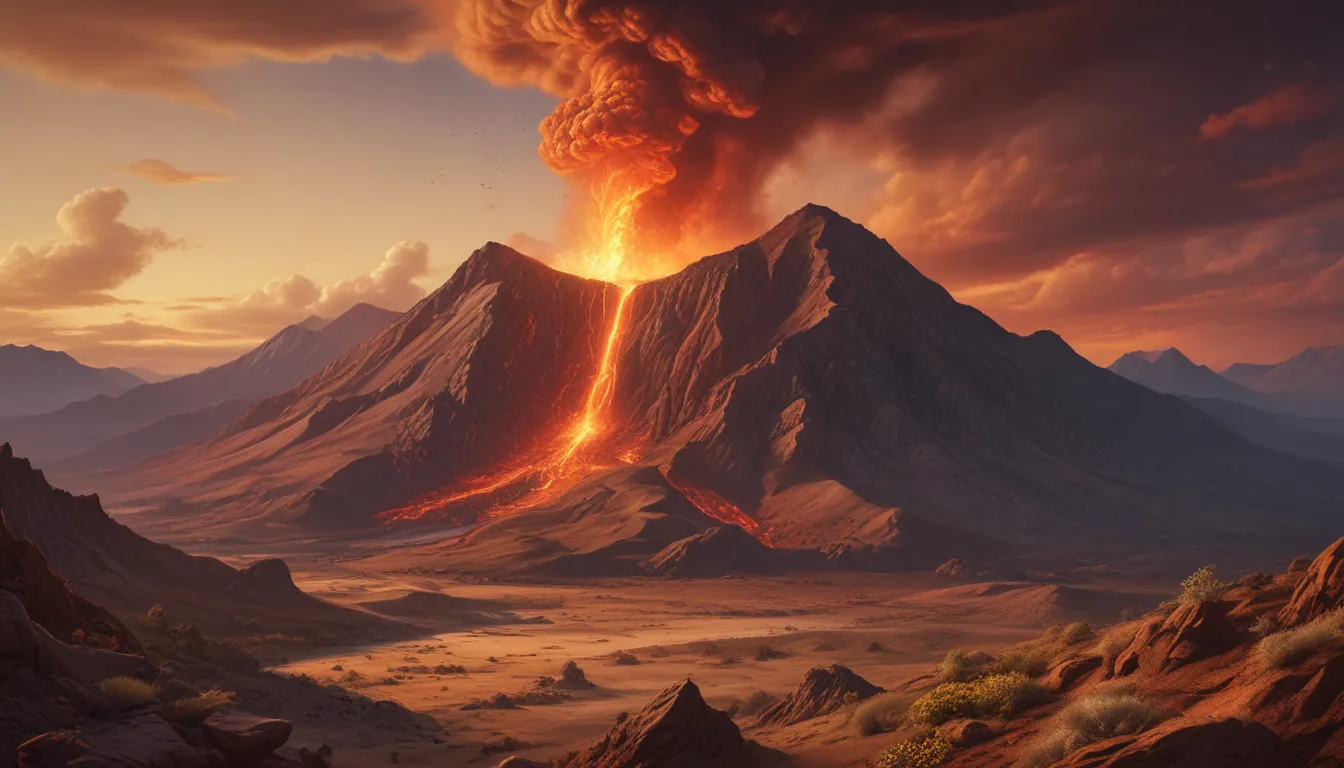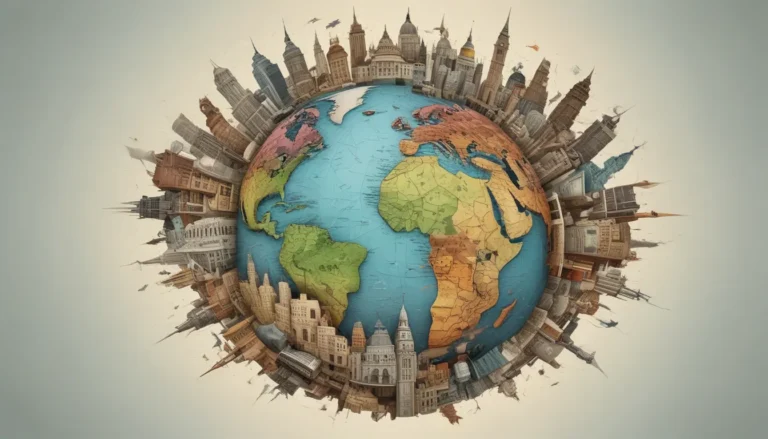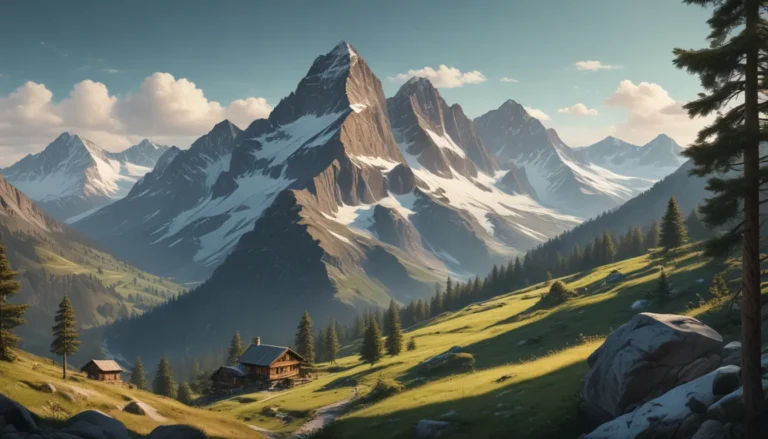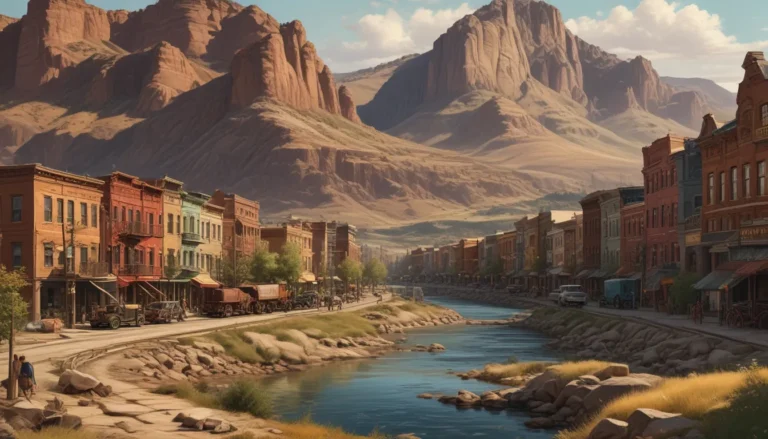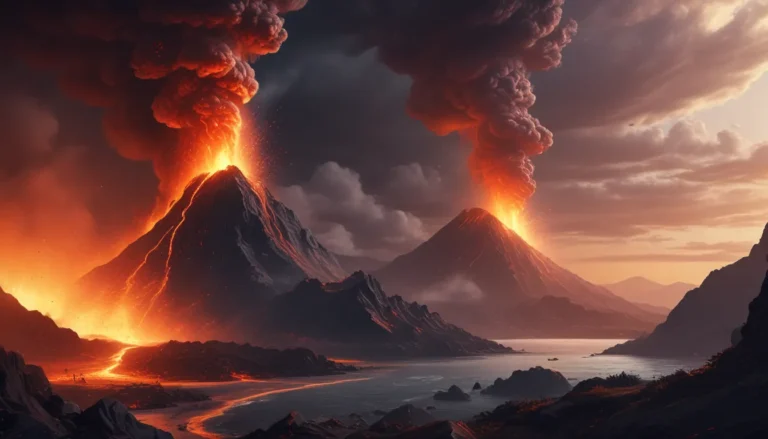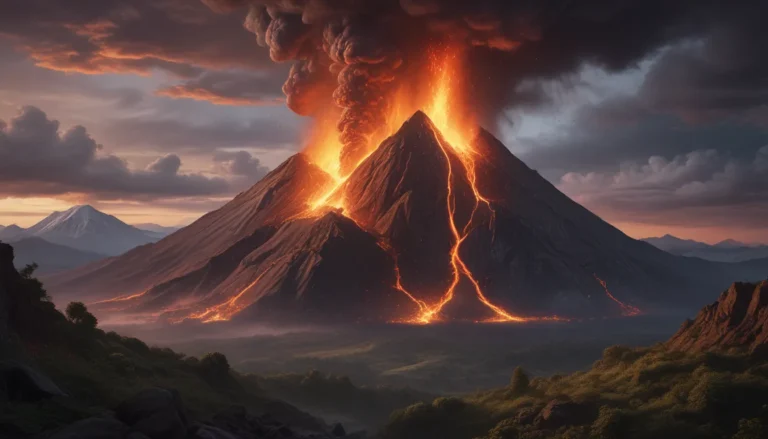A Note About Images: The images used in our articles are for illustration purposes only and may not exactly match the content. They are meant to engage readers, but the text should be relied upon for accurate information.
Plate boundaries are captivating geological phenomena that shape the Earth’s surface, but there is even more to discover about our planet’s dynamic nature. Hotspot geology, for instance, creates spectacular volcanic landscapes that leave an indelible mark on Earth’s ever-changing face. From Hawaii’s majestic volcanoes to Yellowstone’s bubbling geysers, hotspots offer a glimpse into the incredible forces that shape our world. In this article, we will delve into the fascinating world of hotspot geology, uncovering the mysteries and marvels of Earth’s volcanic wonders. So, buckle up and prepare to embark on an exciting journey through the captivating realm of hotspot geology!
Unraveling the Marvels of Hotspot Geology
- Majestic Volcanoes: Hotspots create some of the world’s most impressive volcanic landscapes, with towering mountains and breathtaking eruptions.
- Yellowstone’s Geothermal Wonders: Yellowstone National Park in the United States is a hotspot hotspot with geysers, hot springs, and other geothermal features.
- Hawaii’s Lava Flows: The Hawaiian Islands are a hotspot chain formed by a volcanic hotspot beneath the Pacific Plate. The islands’ iconic volcanoes, including Kilauea and Mauna Loa, continuously shape the landscape with their lava flows.
The Intriguing Nature of Hotspots
Hotspots are geologically active regions where molten rock, or magma, rises from the mantle to the Earth’s surface. These areas often result in volcanic activity, creating unique landforms and geological features. Hotspots are not located at plate boundaries but instead are stationary, with the tectonic plates moving over them. This movement forms a chain of volcanic islands or a trail of extinct volcanoes known as a hotspot track. The geological processes associated with hotspots offer valuable insights into Earth’s dynamic nature and the forces that shape our planet’s surface over time.
Exploring the Mysteries of Hotspot Geology
- Formation of Hotspots: Hotspots are believed to be caused by mantle plumes, or columns of hot rock rising from deep within the Earth. As the mantle plume reaches the crust, it can lead to volcanic eruptions and the creation of new landforms.
- Volcanic Chains: Hotspot tracks often form chains of volcanic islands or volcanic features on a continental landmass. These chains provide evidence of the movement of tectonic plates over time and the geological history of an area.
- Geothermal Activity: Hotspots can also result in geothermal activity, such as geysers and hot springs, due to the heat generated by the mantle plume. These geothermal features are not only fascinating to observe but also have practical applications, such as geothermal energy production.
Hotspot Geology: A Window into Earth’s Dynamic Processes
- Volcanic Diversity: Hotspots showcase a diverse range of volcanic activity, from explosive eruptions to effusive lava flows, shaping the landscape in unique ways.
- Geological Time Scales: Studying hotspot tracks can provide insights into the movement of tectonic plates over millions of years, offering a glimpse into Earth’s geological history.
- Environmental Impact: The volcanic activity associated with hotspots can impact the environment, influencing ecosystems, climate, and landforms in the surrounding areas.
Unveiling the Splendor of Hotspot Landscapes
- Mauna Loa: Mauna Loa, located in Hawaii, is one of the world’s largest volcanoes and an iconic hotspot feature known for its frequent eruptions and massive lava flows.
- Yellowstone Caldera: Yellowstone National Park is home to the Yellowstone Caldera, a supervolcano hotspot that has produced some of the largest volcanic eruptions in Earth’s history.
Embracing the Diversity of Hotspot Geology
Hotspot geology offers a rich tapestry of geological wonders that captivate and inspire us. From the majestic volcanoes of Hawaii to the geothermal wonders of Yellowstone, hotspots provide a window into the dynamic forces that shape our planet. By exploring the mysteries and marvels of hotspot geology, we gain a deeper appreciation for Earth’s ever-changing landscape and the intricate processes that drive geological phenomena. So, let’s continue to unravel the secrets of hotspot geology and marvel at the breathtaking landscapes and natural wonders that make our world truly extraordinary.
FAQs: Unveiling the Intriguing World of Hotspot Geology
-
What are hotspots in geology?
Hotspots are geologically active regions where magma rises from the mantle to the Earth’s surface, creating volcanic activity and unique landforms. -
How do hotspots form volcanic islands?
Hotspots can form volcanic islands by creating a chain of volcanic eruptions as tectonic plates move over a stationary mantle plume. -
What are some famous hotspots in the world?
Famous hotspots include the Hawaiian hotspot chain, located beneath the Pacific Plate, and the Yellowstone hotspot in the United States. -
Can hotspots cause volcanic eruptions?
Yes, hotspots can lead to volcanic eruptions as magma rises to the surface, creating new landforms and shaping the landscape. -
Are there practical applications of geothermal activity from hotspots?
Geothermal activity from hotspots, such as geysers and hot springs, can be used for geothermal energy production and other practical purposes. -
How do hotspots contribute to Earth’s geological history?
Hotspots provide insights into Earth’s geological history by forming chains of volcanic islands, volcanic features, and geothermal landscapes over millions of years. -
What environmental impacts can hotspots have?
Hotspots can impact the environment by influencing ecosystems, climate, and landforms in the surrounding areas through volcanic activity and geothermal processes. -
How does hotspot geology showcase Earth’s dynamic processes?
Hotspot geology offers a diverse range of volcanic activity and geological features that reflect the dynamic forces shaping our planet’s surface over time. -
What makes Mauna Loa and Yellowstone Caldera iconic hotspot features?
Mauna Loa is known for being one of the world’s largest volcanoes with frequent eruptions, while the Yellowstone Caldera is a supervolcano hotspot that has produced significant volcanic events in Earth’s history. -
Why is it essential to study hotspot geology?
Studying hotspot geology provides valuable insights into Earth’s dynamic processes, geological history, and the forces that shape our planet’s ever-changing landscape.
